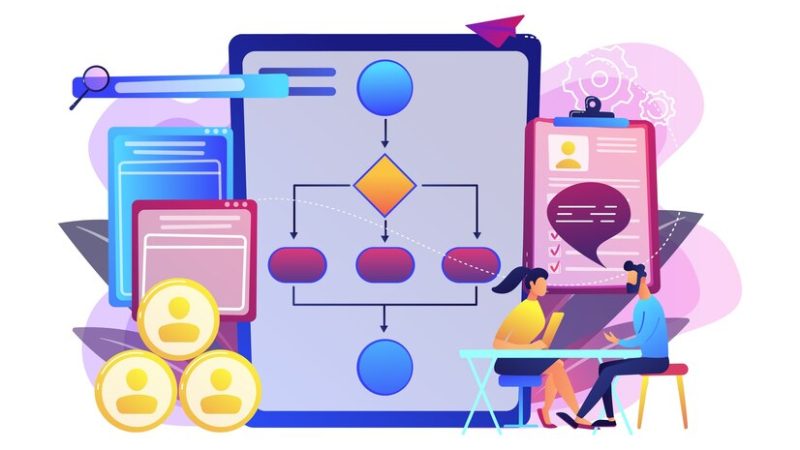Small brands that work with micro-influencers know just as well as large companies that micro-influencers are the unsung champions, often delivering unparalleled ROI. Their unique, authentic voices resonate deeply within niche audiences, making them invaluable allies in brand promotion. If you’re at the crossroads of starting a micro-influencer campaign but aren’t sure where to begin, you’re in the right place. So, how to hire micro-influencers? This guide unpacks the steps to harness the potential of these influencers, offering insights for influencer marketing novices and brand owners. Learn where to find micro-influencers for a successful campaign using manual methods and comprehensive tools like BuzzGuru.
The Power of Micro-Influencers
Micro-influencers, as the name suggests, are individuals with a modest yet dedicated following, typically ranging from 10,000 to 100,000 followers on social media platforms.
Unlike their celebrity counterparts, these influencers often have a more intimate relationship with their audience, built on shared interests, passions, or lifestyles.
Brands that pay small influencers value their magic that lies in this genuine connection. According to industry experts, more and more brands turn to micro-influencers each year. Their recommendations aren’t perceived as mere endorsements but as trusted advice from a friend. This inherent trust and authenticity translate to higher engagement rates, with followers more likely to interact with content or consider a recommended product. Ultimately, the tight-knit bond between micro-influencers and their audiences can lead to impressive conversion rates, making them a potent asset in the digital marketing landscape.
How to Start: Setting Clear Campaign Objectives
Launching a micro-influencer campaign without clear objectives is like sailing without a compass. Setting specific objectives not only guides your strategy but also provides a yardstick against which to measure success. Your objectives depend on what your product’s or brand’s specific is and what you need to achieve.
- Brand Awareness: Collaborate with influencers whose content reflects your brand’s essence to boost visibility.
- Sales Boost: Partner with influencers known for high conversion rates to directly enhance revenue.
- Fan Base Growth: Tap into influencers’ audiences to expand your brand’s followers.
- Customer Engagement and Retention: Choose influencers who foster genuine interactions to amplify engagement and loyalty.
Remember, a defined goal not only shapes your strategy but also sets the metric for measuring success.
Choosing the Ideal Platform for Your Campaign
Selecting the right platform is a game-changer for your micro-influencer campaign. Find the place where your target audience is and consider some criteria:
- Engagement Rates: Opt for platforms where your chosen influencer exhibits the highest engagement. It’s an indicator of active and responsive followers.
- Platform Demographics: Match your target audience’s age, interests, and behaviors with the platform’s user demographics.
- Alignment with Campaign Goals: If brand awareness is the aim, platforms like Instagram or TikTok with visual appeal may be ideal. For community building, consider Facebook or Twitter.
In essence, understanding each platform’s unique audience is key. Your campaign’s success lies in marrying your objectives with the right platform and influencer combo.
Discovering and Vetting the Right Micro-Influencers
Finding the perfect micro-influencer requires strategy and discernment:
Search Methods:
- Manual Search: Browse relevant hashtags and niche forums.
- Follower Analysis: Dive into your own followers for potential micro-influencers.
- Software Recommendations: Use tools like BuzzGuru to streamline your search.
Selection Criteria:
- Brand Voice Alignment: Ensure their messaging resonates with your brand’s ethos.
- Audience Relevance: Their followers should be your target audience.
- Engagement Rate: High ER often indicates genuine connections.
- Content Quality: High-resolution images, well-crafted captions, and consistency matter.
It’s not just about numbers; authenticity and alignment are paramount in your micro-influencer partnerships.
Designing and Launching Your Campaign with Micro-Influencers
Crafting an impactful micro-influencer campaign revolves around clarity and collaboration. Brand deals for micro-influencers mean a lot to them: their followers expect genuine recommendations, this is why not only brands choose influencers, but also influencers carefully select brands with clear and adequate requirements to collaborate with.
Collaborative Planning:
- Content Guidelines: Define the tone, style, and any brand-specific elements.
- Posting Frequency: Decide on how often they should post for optimal engagement.
- Collaboration Terms: Any additional responsibilities or expectations.
Addressing Compensation:
- Market Rates: Research prevailing rates to ensure fair compensation.
- Negotiations: Find a balance that suits both parties.
- Non-Monetary Perks: Sometimes experiences, products, or exposure can be equally enticing.
Remember, a successful campaign thrives on mutual respect and clear communication.
Monitoring and Evaluating Campaign Performance
To ensure your micro-influencer campaign’s success, continuous monitoring and evaluation are essential:
- Key Performance Indicators (KPIs): Always have clear KPIs like engagement rates, click-through rates, and conversions.
- Real-Time Adjustments: Monitor feedback and metrics to tweak strategies as the campaign progresses.
- Post-Campaign Analysis: Evaluate ROI, analyze engagement and conversion metrics to garner insights for future campaigns.
Regular assessment not only measures success but also paves the way for improvement in subsequent efforts.
Conclusion
Micro-influencer campaigns can significantly amplify your brand’s reach, tapping into niche and engaged audiences. By setting clear objectives, choosing the right platform, collaborating with well-aligned influencers, and consistently evaluating performance, you’re setting your brand up for success. As with all marketing strategies, adaptability and learning from past campaigns are the keys to future triumphs.








